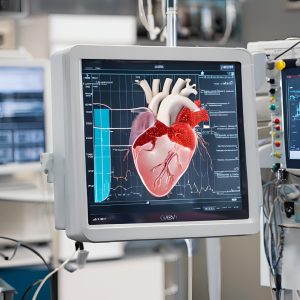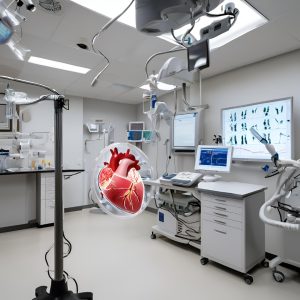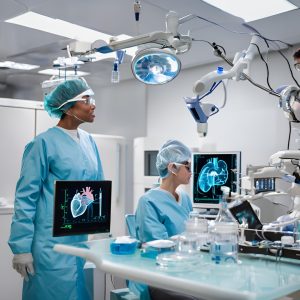How Biomedical Engineering is Improving Cardiovascular Care
Cardiovascular disease remains one of the leading causes of death worldwide, but thanks to the advancements in biomedical engineering, the landscape of cardiovascular care is rapidly changing. As someone who has spent years in the field, I’ve witnessed firsthand how these innovations are saving lives and improving the quality of care for patients with heart conditions.

Precision in Diagnosis: The Power of Imaging
One of the most significant contributions of biomedical engineering to cardiovascular care is the development of advanced imaging technologies. Tools like MRI, CT scans, and ultrasound have become indispensable in diagnosing heart conditions with unprecedented accuracy. These imaging techniques allow us to see inside the heart and blood vessels in ways that were once unimaginable.
For instance, 3D imaging technology now enables us to create detailed models of a patient’s heart. This precision not only improves diagnosis but also helps in planning complex surgeries, leading to better outcomes. The ability to visualize the heart in such detail is a game-changer, allowing for earlier detection of issues and more personalized treatment plans.

Innovation in Treatment: From Stents to Artificial Hearts
Biomedical engineering has also revolutionized the treatment of cardiovascular diseases. Take stents, for example—tiny, expandable tubes that are used to keep arteries open. These devices have evolved significantly over the years, thanks to advances in materials science and engineering. Today’s stents are not only more durable but are also often coated with drugs that help prevent restenosis, the re-narrowing of arteries after treatment.
Another remarkable innovation is the development of artificial hearts and ventricular assist devices (VADs). These devices are lifesavers for patients with severe heart failure, providing a bridge to transplant or even serving as a long-term solution. The engineering behind these devices is incredibly complex, requiring a deep understanding of both human physiology and mechanical systems. It’s a testament to how far biomedical engineering has come in addressing life-threatening heart conditions.

The Role of Wearable Technology
Wearable technology is another area where biomedical engineering is making a significant impact on cardiovascular care. Devices like smartwatches and fitness trackers are now equipped with sensors that can monitor heart rate, detect irregularities like atrial fibrillation, and even perform basic electrocardiograms (ECGs).
For patients with chronic heart conditions, these wearables provide continuous monitoring, allowing for real-time data collection and analysis. This not only empowers patients to take control of their health but also enables healthcare providers to detect potential issues before they become critical. It’s a perfect example of how technology is making cardiovascular care more proactive and personalized.

Pioneering Research: Regenerative Medicine and Beyond
Looking to the future, one of the most exciting areas of research in cardiovascular care is regenerative medicine. Biomedical engineers are exploring ways to use stem cells and tissue engineering to repair damaged heart tissue. Imagine a world where heart attacks no longer lead to permanent damage because we can regenerate the affected tissue—this is the potential that regenerative medicine holds.

Researchers are also developing new materials and technologies to create better, more biocompatible heart valves and other cardiovascular implants. These innovations could reduce the need for repeat surgeries and improve the longevity of the devices, offering patients a better quality of life.

